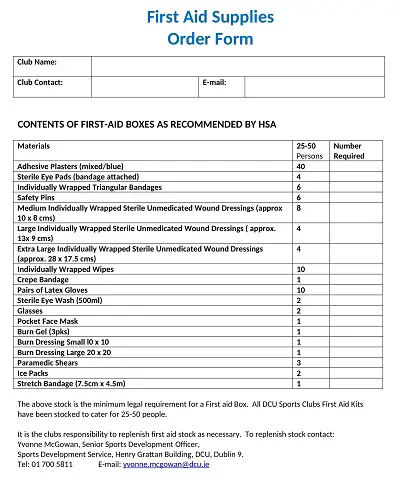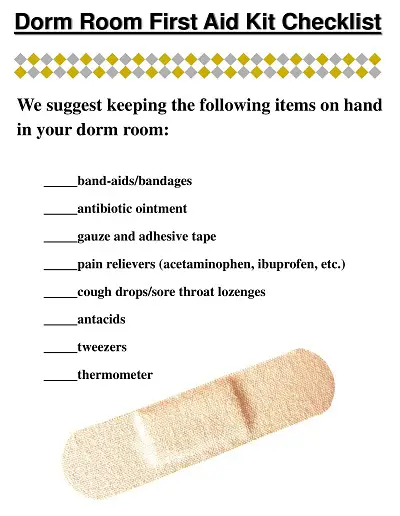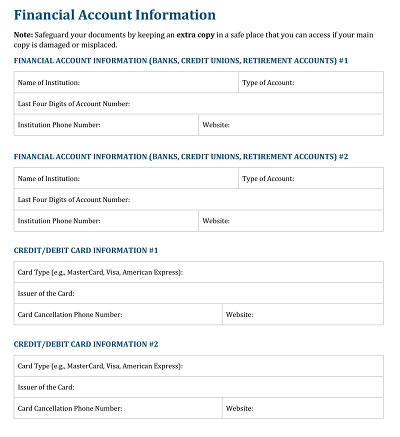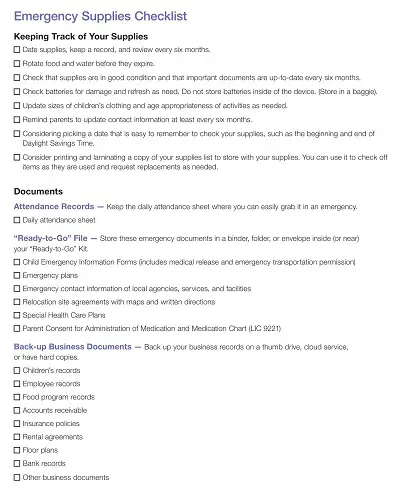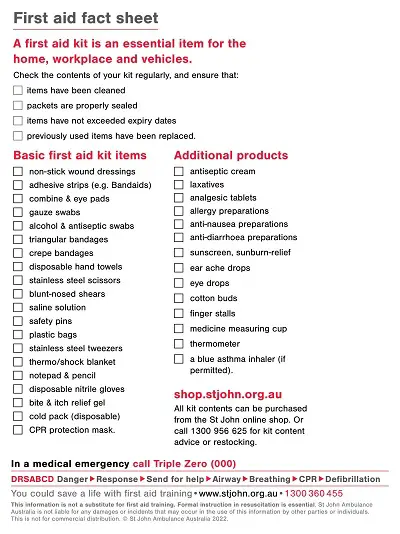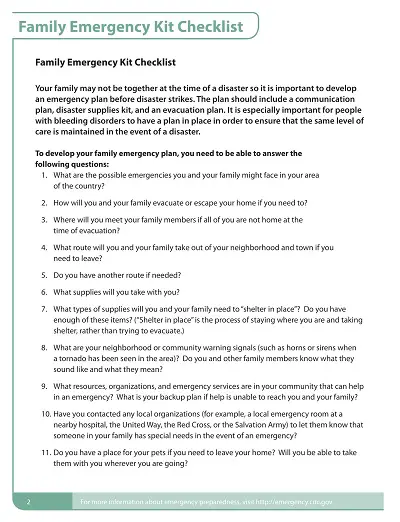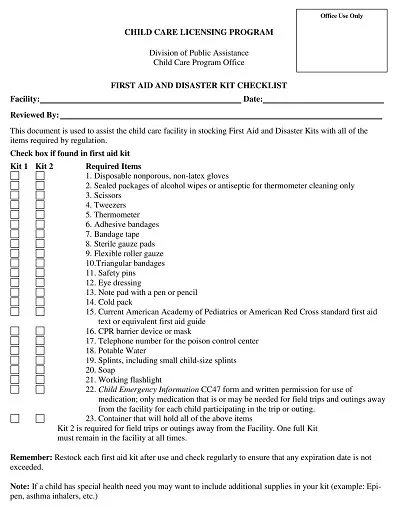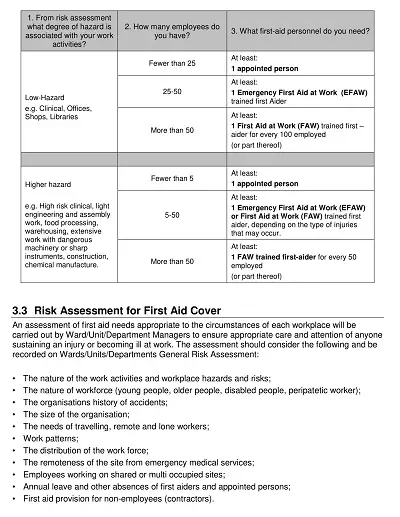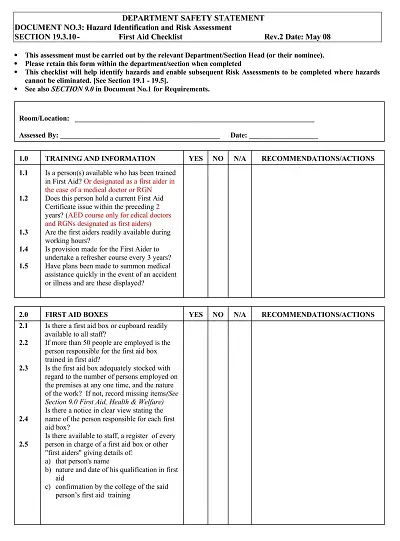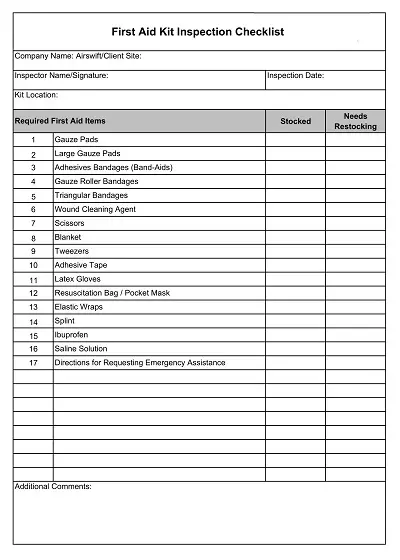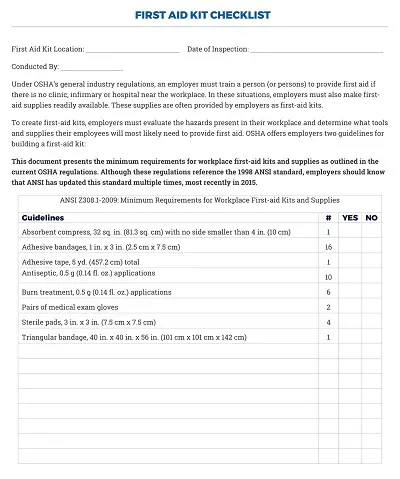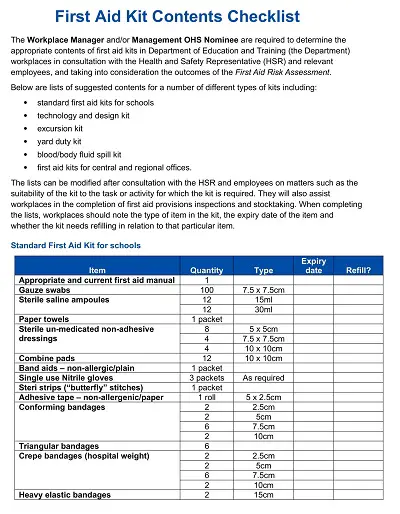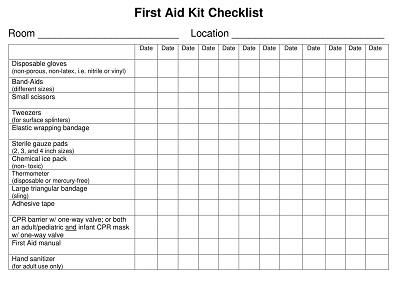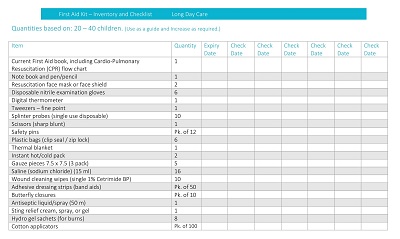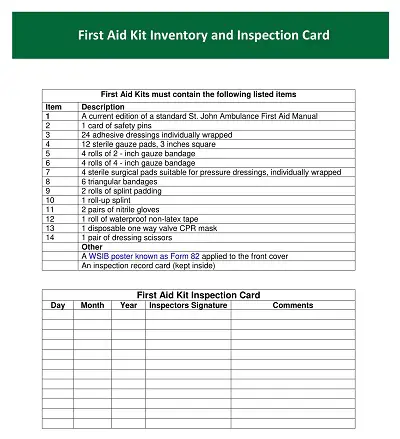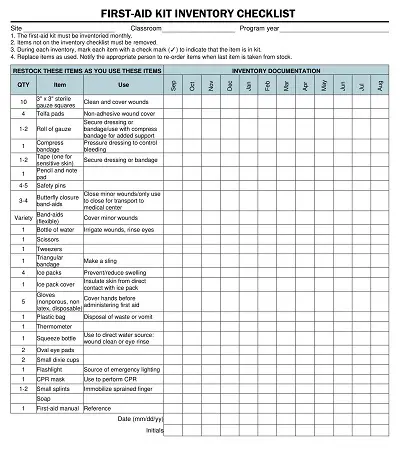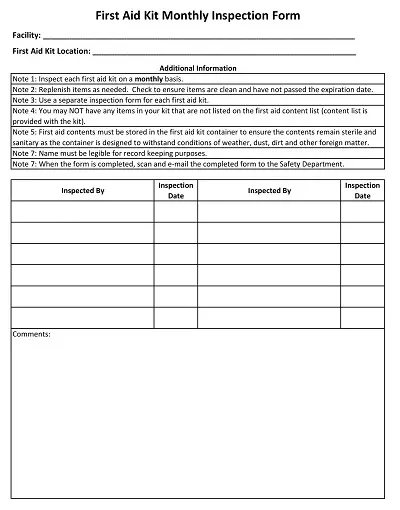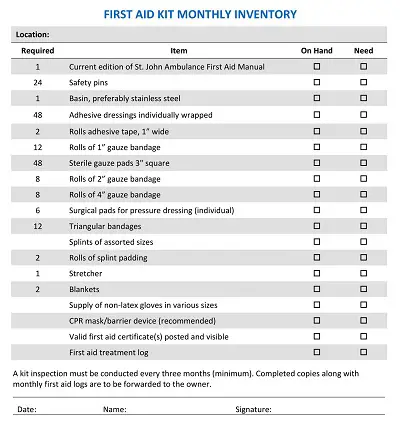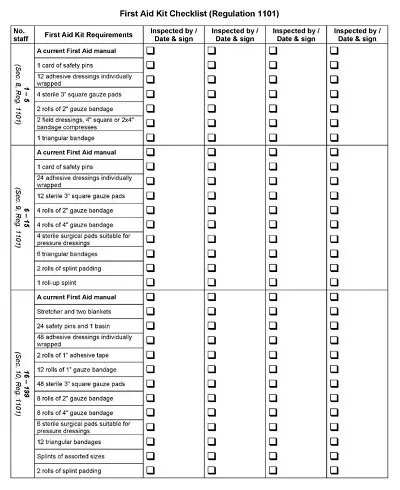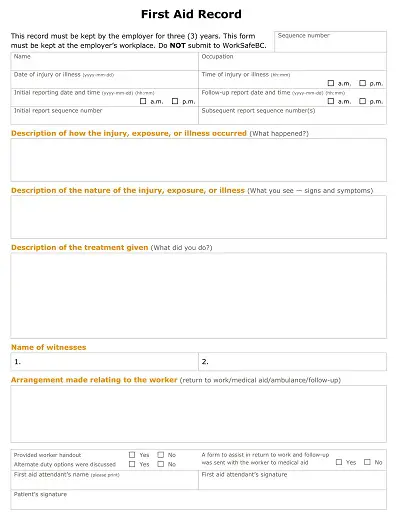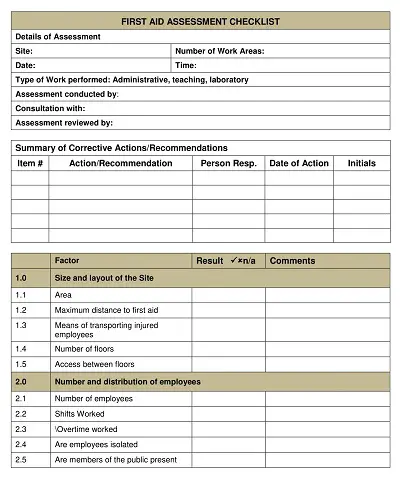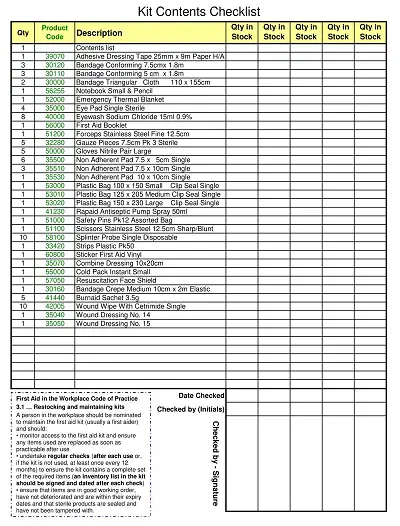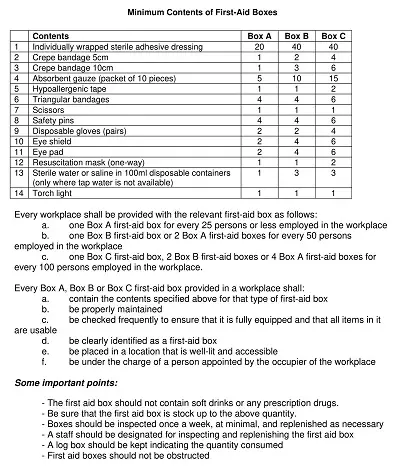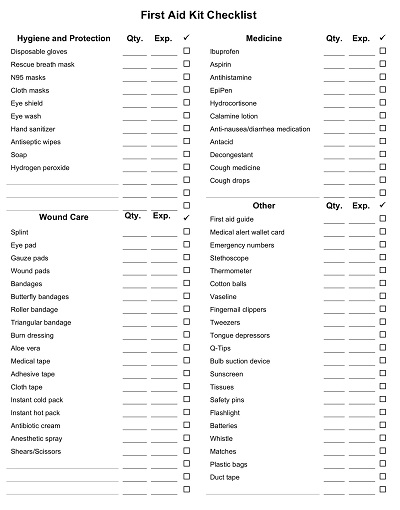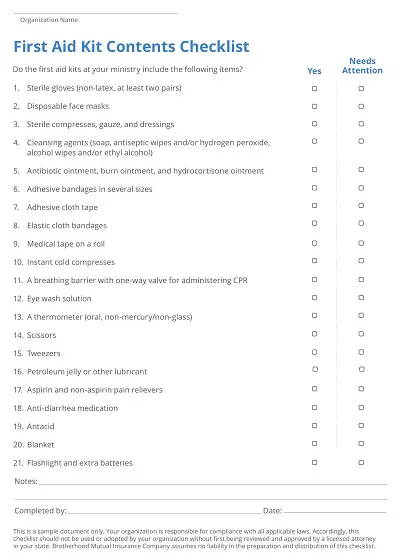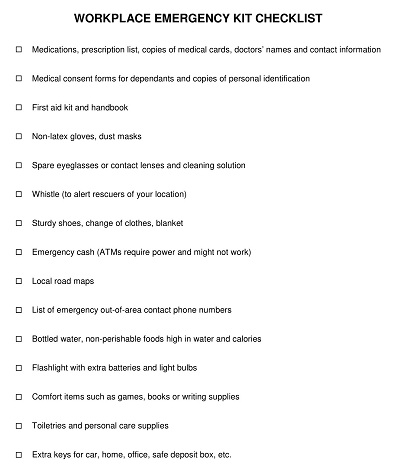32+ Free First Aid Kit Checklist Templates – MS Word, PDF
A first aid kit checklist template is an essential tool for preparing for any emergency situation. Not only does it ensure that you have everything that you need on hand, but it also provides a structure for organizing and accessing items quickly when needed. With the right template, you can provide yourself or your family with peace of mind knowing that any incident requiring medical attention can be addressed quickly and easily.
Table of Contents
An organized, comprehensive first aid kit checklist should include all basic necessities such as bandages, gauze, tape, and antiseptics along with items suited to the needs of your home or workplace like EpiPens, gloves, and blankets. So don’t delay getting your first aid kit checklist template today and rest easy knowing you’re prepared for whatever comes your way.
Download Free First Aid Kit Checklist Templates
What is a First Aid Kit Checklist?
A first aid kit checklist is an important tool that helps ensure that you always have the correct items on hand to properly administer basic medical assistance in the event of an emergency. This checklist should include a variety of items, such as bandages, antiseptics, medicines, and latex-free gloves.
Additionally, it’s recommended that everyone includes a CPR mask and other components necessary for treating common medical conditions like cuts and bruises as well as more severe injuries. Having these items readily available can make the difference between life and death in certain situations, so it’s essential to review your first aid kit checklist periodically to ensure all needed materials are present.
Importance of Having a First Aid Kit Checklist
Every household should have a first aid kit checklist in order to easily locate items if an emergency were to occur. Having access to first-aid supplies can help with injury prevention, treat small wounds and injuries, or even potentially save a life. An inventory checklist will help to keep track of the many items available in a first aid kit so that essential items don’t run out, while expired items can be replaced before they’re needed.
Keeping a well-stocked first aid kit is invaluable and can make the difference between a minor inconvenience and severe medical issues. Ensure that your family is prepared for any situation by having an up-to-date first aid kit inventory checklist readily accessible.
First Aid Kit Maintenance and Storage
Maintenance of a first aid kit is essential for proper use, and the best way to maintain the kit is to keep it up-to-date. Storage of your kit is also important, as it should be kept in a dry place away from extreme temperatures so that its contents remain viable. It should also be easily accessible in case someone needs to use it during an emergency.
Regular checks of the expiration dates on items in the kit can help ensure your first aid through materials are always readily available for use when you need them. Keeping a checklist of supplies can help make sure all items remain stocked and being prepared by having the right supplies at hand can mean the difference between life and death in an emergency situation.
What to Pack in Your First-Aid Kit Checklist?
One of the most important things you can do for your family’s safety is to be prepared to handle any minor medical emergency that may arise. Being prepared means having a well-stocked first aid kit on hand at all times. But what should you pack in your first-aid kit checklist? Here are some types to do necessary.
The Basics
Your first aid kit should contain items that can help in common minor medical emergencies, such as cuts, scrapes, and bruises. Some essential items are bandages, gauze pads, tape, scissors, tweezers, antibiotic ointment, and antiseptic wipes or gel. It’s also a good idea to include a pain reliever such as ibuprofen or acetaminophen and an antihistamine such as Benadryl.
Advanced Items
You may want to pack additional items for more serious medical issues. These items could include sterile gloves and eye shields or goggles for administering eye care, a thermometer for taking temperatures, an oral syringe for giving medications such as cough syrup or ear drops, and a CPR mask if someone in your family has been trained in CPR techniques. You may also want to add an emergency blanket and splints or slings that can be used during transport.
For More Comprehensive Kits
If you are looking to create a more comprehensive first-aid kit checklist that will meet the needs of your entire family no matter where they are you may want to include additional items such as water purification tablets, insect repellent, sunscreen, aloe vera gel, burn cream, hydrocortisone cream, allergy medication, activated charcoal tablets, electrolyte tablets, glucose tablets, lip balm with SPF protection, multi-purpose tools such as pocket knives or Swiss Army knives, flashlights with extra batteries, whistles that can be used to signal for help if needed, flares or other signaling devices that can be used in the dark or during low visibility situations (such as fog), basic repair kits for cars and bicycles.
How to Create a First Aid Kit Checklist Template
Creating a first aid kit checklist template can be a useful way to ensure that you have all the necessary items in your first aid kit. Here are some steps to follow:
- Determine the purpose of the kit: Consider what the first aid kit will be used for. For example, will it be for personal use or for business? Will it be used for outdoor activities or indoor emergencies?
- Research what items are necessary: Look up first aid kit checklists online or consult with medical professionals to determine what items are necessary for your first aid kit.
- Make a list of essential items: Create a list of the essential items you will need for your first aid kits, such as bandages, adhesive tape, gauze pads, antiseptic wipes, and pain relievers.
- Organize items by category: Organize your list of items by category, such as wound care, medication, and tools.
- Add additional items: Depending on the purpose of your first aid kit, you may need to add additional items such as sunscreen, insect repellent, or emergency blankets.
- Create your template: Once you have your list of items, create a template that you can use to check off each item as it is added to the kit. You can do this in a spreadsheet or word-processing program.
- Print and use: Once you have created your template, print it out and use it to ensure that your first aid kit is properly stocked and ready for use.
What to Include in Your First Aid Kit Checklist
There are some essential items that every first aid kit should include. Here is a list of items that we recommend including in your first aid kit checklist:
- Bandages: Include a variety of bandages in different sizes so that you can treat scrapes, cuts, and bruises of all shapes and sizes.
- Antiseptic wipes: These are great for cleaning wounds before applying a bandage.
- Antibiotic ointment: This can help prevent infection in minor cuts and scrapes.
- Pain relievers: Choose a pain reliever that will work for everyone in your family (acetaminophen or ibuprofen are typically safe for most people).
- Tweezers: Tweezers can come in handy for removing splinters or ticks.
- Scissors: A small pair of scissors can be used to cut bandages or tape.
- Ice pack: An ice pack can be helpful for treating sprains or swellings.
- Thermometer: A thermometer is essential for checking for fevers.

